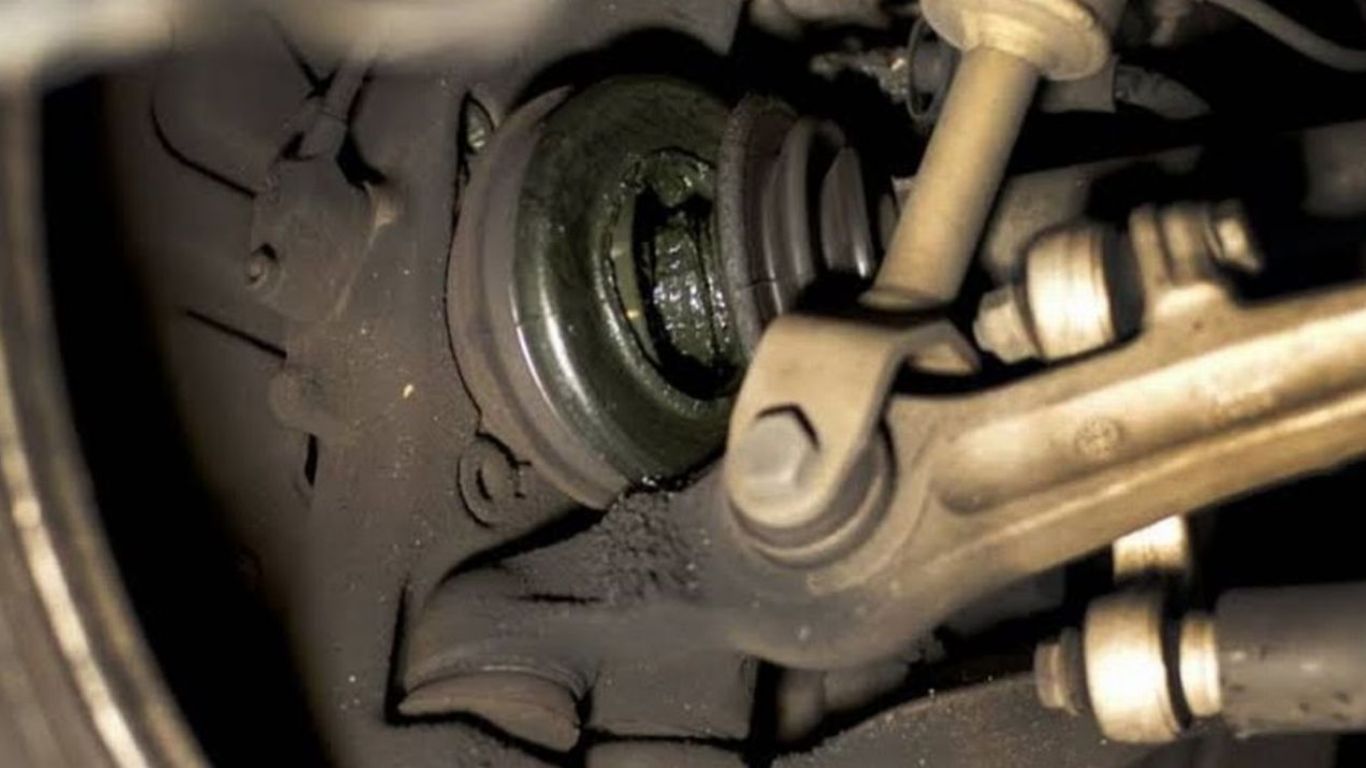When it comes to a smooth and reliable ride, every component of your car plays a crucial role. Among these components, the axle, also known as the AKS, holds particular importance. If you’ve ever wondered about the axle’s significance and the potential issues it can encounter, you’re in the right place. In this article, we’ll delve into the world of axles, their functions, common malfunctions, and how to recognize and tackle these problems.
The Axle’s Vital Role
Imagine the intricate dance of power that takes place in your car’s engine. The energy produced in the combustion chambers propels your vehicle forward. But how does this energy transform into motion on the road? Enter the axle – a fundamental component responsible for transferring power from the engine to the wheels.


The axle, along with its supporting elements, ensures that the energy flow is seamless and efficient. This vital task involves constant movement, as the axle connects to the wheels, allowing them to move both vertically and horizontally. However, this very movement exposes the axle to wear and tear, eventually leading to potential malfunctions.
Components and Complications
The axle isn’t a single entity; it’s an amalgamation of various parts working in harmony. These components include the axle shaft, axle boot, and axle head, each with its designated role. However, if any of these components falters, the entire system can be compromised, potentially resulting in a breakdown.

Signs of Axle Faults
Recognizing axle faults isn’t reserved for automotive experts. There are clear indicators that can alert any car owner to potential issues. For instance, if you hear unusual noises from the front while your vehicle is in motion or during directional changes, it’s a significant clue that something might be wrong with your axle.
Moreover, when you experience vibrations or shaking at higher speeds, it’s likely that axle problems are at play. These symptoms can manifest as either a subtle shake or a pronounced vibration. It’s essential to address these issues promptly to prevent further complications.
The Ramifications of Ignoring Axle Problems
Neglecting axle maintenance can have severe consequences. A lack of proper lubrication, for instance, can lead to discomfort while driving and even a loss of control over time. In extreme cases, a broken axle head can render your vehicle immobile, regardless of how much gas you apply. This underlines the critical role the axle head plays in the system’s functionality.

Taking Action
If you suspect an axle problem in your vehicle, it’s vital to take action swiftly. Don’t let discomfort or unusual sounds go unnoticed. The best course of action is to visit a trusted service center or consult professionals in the automotive industry. Addressing axle issues promptly not only ensures your safety and comfort but also prevents more extensive and expensive repairs down the road.
In conclusion, understanding the axle’s role and being attentive to signs of malfunction can save you from inconvenience and potentially hazardous situations. Regular maintenance and timely intervention can help you maintain a smooth and enjoyable driving experience, ensuring that your car’s essential components work in harmony for years to come.
